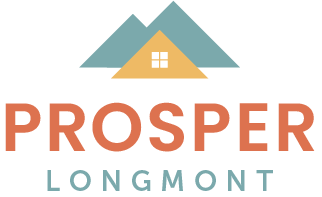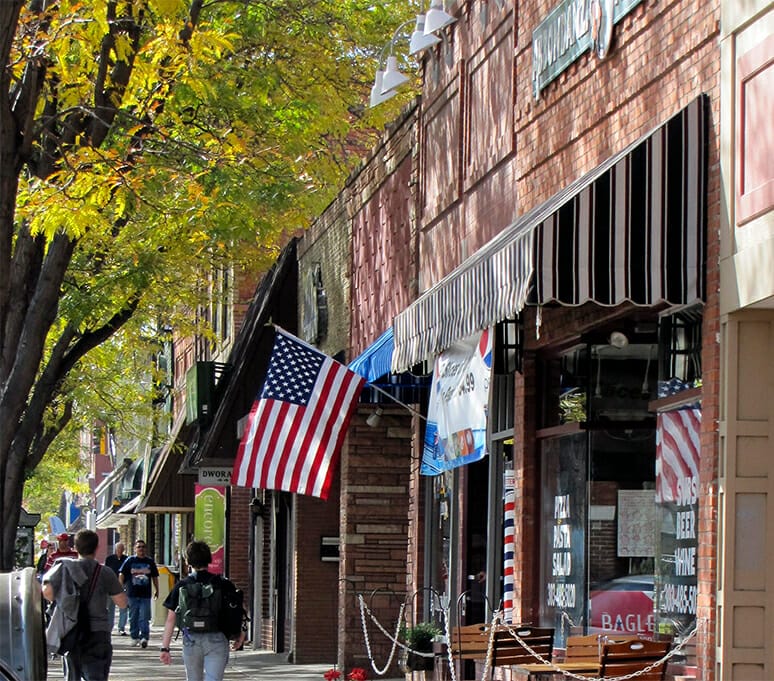By John Creighton, CEO, High Plains Bank
Longmont needs more homes if we hope to have our workforce and young families continue to live in our community. So many of us love Longmont because it is such a wonderful place to raise our families. Yet, our adult children who may want to return to here have fewer and fewer options to call Longmont home. The lack of homes in Longmont is driving the community’s workforce to live elsewhere, representing a loss of shared community investment.
This point was driven home in poignant terms last year when I met with a young couple with two children who were hoping to buy a Longmont home. She is a nurse. He has a good job in the construction industry. They planned to bid on a house listed in the low $400s.
It was a bit of a stretch financially. But they qualified for a mortgage. They were willing to cut back in other areas of their lives for a chance to live here. But the seller would not even take a serious look at their offer. Why? Because there were dozens of other offers, over asking price, from “cash buyers.”
There are so few homes available in Longmont that all the normal steps to buying a home are thrown out the window. Need a loan? No deal. “Cash” offers only. Need the house to appraise? Won’t happen, so don’t ask. Want an inspection? Think again. The competing offer to take the property “as is” gets the nod.
This is the nature of the housing market in Longmont. It is a simple issue of supply and demand. As more people with accumulated wealth come to Longmont, the fewer options there are for young families and the Longmont workforce.
The lending community can and should do more to help those who can qualify for mortgage financing to be more competitive with the “cash buyers.” I am pleased to be working with Prosper Longmont and its lending sub-committee to find more creative approaches to financing. We are researching lending programs that have been successful in other parts of the country.
But creative financing will only make a small dent in the challenge we face as a community until we address this basic truth: there simply are not enough homes in Longmont to accommodate all those who would like to live here.
As a community, we’ve made little commitment to support more housing. Indeed, it’s harder to build, upgrade, remodel or repurpose properties than ever before. Our zoning code limits our options, causes us to use more land than necessary, and encourages larger homes than we need. What’s more, the permitting process is long and arduous.
The roadblocks to building new homes, in many ways, reflect the city’s current political will. We say we want “affordable” and “attainable” housing so service workers, tradespeople, nurses, teachers, and our adult children can live in our community. Yet, we don’t want Longmont to be crowded.
Longmont is at a crossroads. We can continue to pay lip service to affordable and attainable housing – lamenting how expensive it is for others but relishing the inflated values of our own homes. Or we can get serious about increasing the housing supply. We need to embrace ideas of smaller and multi-family homes; in-fill conversion projects and accessory dwelling units. Yes, we need to get comfortable with density. It is possible to figure out density in a way that doesn’t feel crowded.
Our community is going to change. People will continue to move here because it’s a great place to live. It is simply not possible to preserve the Longmont of the 1980s or early 2000s. The question is, how will Longmont change? Will we continue to choke the housing supply and ensure Longmont becomes another wealthy enclave? Or will we get serious about truly investing in affordable and attainable housing for the workforce that allows our community to function and young people who could shape Longmont’s future?
I don’t know about you, but for me, a community with space for people from all walks of life sure sounds like a lot more interesting place to live. That’s a legacy and an option I would love to leave for my children. Maybe they won’t choose to live here. But I’d at least like them to have the option to decide.

